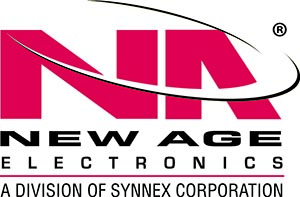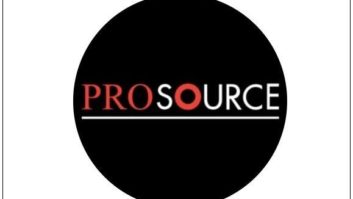
It’s not a generational or gender goal to want a comfortable, enjoyable and stress-free lifestyle, and today, that puts just about anyone on the path to outfitting a smart home.
No longer just for early adopters or techies, the connected home is a concept that mainstream shoppers are embracing. With an ecosystem of increasingly intuitive products that can be controlled from anywhere, there’s truly something for everyone: smart speakers, entertainment devices, connected lighting, smart thermostats, and home monitoring and security systems. Centered around voice assistant technology, the smart home is forecast to total nearly 1.3 billion devices by 2022.
See Also: Planning Ahead for Holiday Sales.
As more people share in the excitement and anticipation of the smart home, though, it’s increasingly clear that each potential purchaser has a specific set of needs and wants. Exploring, understanding, and ultimately purchasing smart home products is different for every generational group. Gen Z, Millennials, Gen X and Baby Boomers—even female shoppers—all have various motivations for making the leap.
With its growing buying power, Gen Z, those born after 1996, may be the most primed for smart home tech. With a projected $143 billion to spend, this first fully digital generation is Internet-savvy and flexible in their purchasing decisions. Like their predecessors the Millennials, they gravitate toward urban hubs, communicate mainly through social media, and can easily adopt and appreciate smart appliances.
Millennials, who follow Baby Boomers and Generation X, comprise about 73 million people in the U.S. Millennials value ease of use and thrive on the ability to access everything they can with their smartphones. They crave the cool factor–opening the garage door and turning on the lights by voice command as they pull in the driveway or using domestic robots like vacuum cleaners and lawn mowers to manage chores that take time away from more enjoyable activities.
Gen X, those born between 1965 to 1979, are using smart technology to care for their elderly parents (Baby Boomers)—and for those folks, it’s all about adding comfort and simplicity to day-to-day routines. As Boomers seek the ability to safely and independently remain in their current homes—aging in place—smart homes that feature home security cameras and video doorbells to monitor visitors, deliveries, and potential intruders are on the rise.
Crossing all generations, female shoppers have more say than ever before when it comes to home purchases. Whether they are running a household, corporation, or both, they’re making quick decisions about devices that will improve their day to day lives. Home security is a particularly desirable option for working moms since it allows them to be “at home” and in control from their smartphone, tablet or computer.
Despite the diverse nature of these groups and their varying characteristics, they all share an optimism and interest for these exciting high-tech products. So how can retailers communicate the benefits of smart homes?
Having the right products is a start, but there’s more to it than that. New Age Electronics, for example, offers an extended assortment program to ensure retailers have endless options, colors and models. Their build-a-box program offers collaborative planning, forecasting and replenishment along with exclusive skus, custom packaging options, and the advantage of mixing and matching brands to create a custom solution to set any store apart.
Click here for more on information on New Age’s build-a-box program.
“Building awareness of the digital world and how consumers can buy into it is also key,” says Fred Towns, President of New Age Electronics. “Great displays, shippers and unique bundles are all part of telling the story, and it’s critical to keep consumers in stores through education and real-life examples.”
SIDE BAR: Path to Success
• Present the right stock—extended assortment solutions and custom bundles allow retailers to offer a unique and compelling in-store experience.
• “Show and sell” the smart home concept—product on shelves is only part of the equation. An educated and enthusiastic sales staff can deliver the value proposition to shoppers—and keep them coming back for additional items.
• Recognize and adopt a targeted approach for different generational groups. Millennials, for instance, will be motivated to purchase by different factors than GenX-ers. Remember to speak their language.

This article was sponsored by New Age Electronics.













